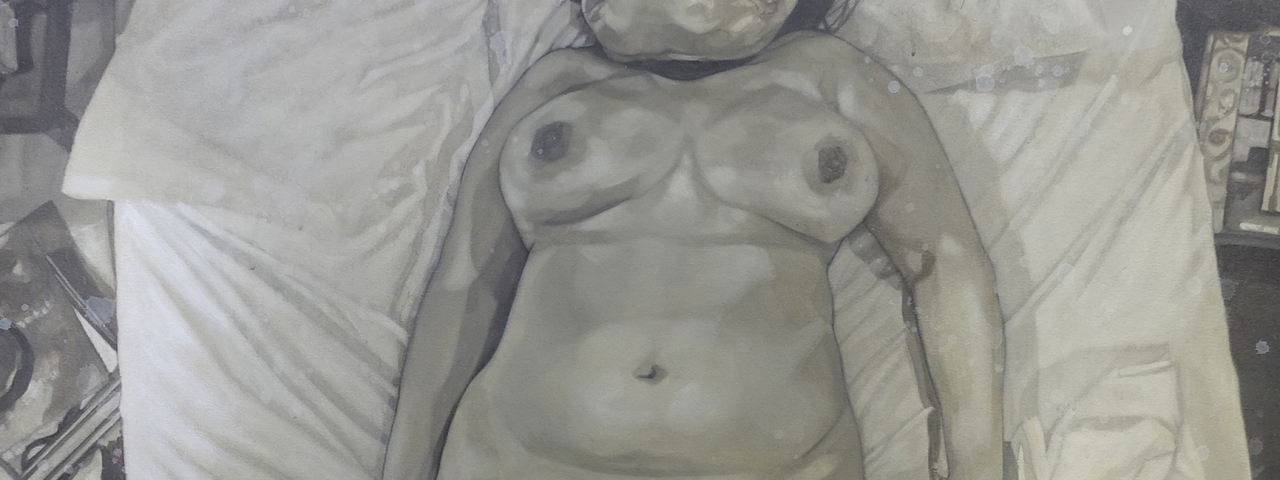“All the gods, all the heavens, all the hells are within you”
– Joseph Campbell (The Power of Myth)
An angry mob of townspeople armed with pitchforks and torches rallies towards a suspected “monster’s” house in an isolated part of their community is often seen in horror films that feature folklore monsters. In the Philippines, most of our monsters take humanlike forms but often transforms into misshapen and grotesque physique when they carry out their atrocities against humans. These acts outside the bounds of acceptable behaviors and their physical deformation causes them to be shunned and cursed by our society. We have used these stories as devices to install fear and to keep people in line; to deter any “monstrous” behaviors from spreading; and to caution anyone to live according to social boundaries.
Mga Anyo ng Gabi (The Shapes of Midnight) examines modern society and folklores by drawing parallelism between our concepts of folklore monsters and societal norms. In it, Kaloy Sanchez uses portraitures as a means to mirror our view on certain members of the society and to embody the psyche that casts them in stereotypes. Sanchez takes inspiration from the descriptive portrayal of each monster and connects them into the realities of each of his subjects. It invites the audience reevaluate whether the dread behind these creatures is the fear of the unknown or knowing that the monstrosity resides in every one of us.
In Ang Kapre at mga Pugot (The Troll and the Decapitated one) a naked old man wearing tattoos, all frail with sagging skin can be seen smoking and comfortably sitting in a chair. Behind him is a plant while two bust sculptures of bearded men are planted on both sides. Spanish historian Antonio Pigafetta used the term caphri to described the Suluans as dark-skinned, tattooed warriors. In Philippine mythology they are also called as tree-dweller giants, with strong odor, smokes on trees and plays tricks on people. Their alleged presence serves as a warning to trespassers and tree cutters as they can become vengeful and violent. Sanchez’ portrayal on the subject hints of a man consumed with his vices and the demons of his past. It relays the shadow casts on what our society call tambays (slang for jobless), addicts, and manginginom sa kanto(street drunkards.)
Perhaps the most ubiquitously feared among our native folklores is the aswang. These are evil shape-shifting creatures that take different for forms at night but can assimilate with the community during the day. Their characteristics often resemble an amalgamation of the west’s vampires, ghouls, witches, werebeasts etc… Sanchez’ Aswang reimagines them as modern drag queens, men who transforms into women at night. In his portrayal, two drag queens prepare in front of a mirror, all exposed and dressed with garish underwear and saintly halos seen in saint sculptures. Their long hairs and physique can be mistaken to that of a muscular woman. This exaggerated expression of masculinity of femininity is often observed in the evening as a form of entertainment. The reality of drag culture being a sub/counter-culture in our society highlights our tolerance of it for entertainment but not its full acceptance. Our conservatism makes us uneasy with the reality that they walk among us, much like the fear we have on aswangs, we are afraid of their acts of ‘indiscretion’ to spread in our society and use their imagery to instill fear among our children.
Sanchez depicts his Bangungot (Nightmare or Bad Dream) as an obese woman seemingly distraught with a bad dream while being paralyzed from the neck down. Bangungot or Batibat in Ilocano folklore are evil, grotesquely obese, tree-dwelling female spirits. They suffocate their victims, invade their dreams and cause sleep paralysis as a form of revenge to those who cut their dwelling in order to build houses. Their massive body is used to sit on top of their victim while asleep and suffocates them in the process. The folklore’s association of obesity to evil and death speaks volume on how we view physical normality, beauty and what is considered ‘good.’ Sanchez’ piece dares us to ask the uncomfortable truth if our technological progress advances our societal views on other humans. If these myths and folklores persist and evolved into other forms of biases and discrimination in our society. This show tries to cast light into the shadows found in our modern society, giving shapes into the forms that lurks in the twilight.




